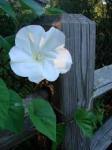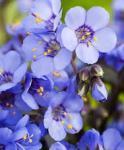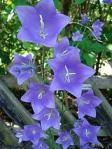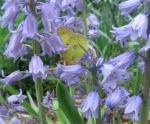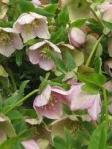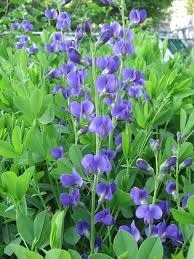Lisa Carter's Blog, page 38
September 9, 2013
Bulbs in the Southern Garden
Fall—time to plant bulbs for next year’s spring color
Here are some of my favorite bulbs and Alison Monaghan’s (fictional heroine of Carolina Reckoning), too.
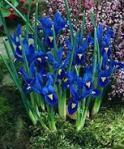 Iris species—Iris danfordiae—Zone 5-9
Iris species—Iris danfordiae—Zone 5-9
Late winter blooms. Full sun. Large colony.
 Daffodils—Narcissus spp.—Zone 6-9
Daffodils—Narcissus spp.—Zone 6-9
Try to find species daffodils (not hybrids) which will return year after year and increase.
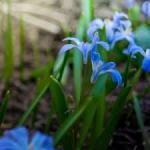 Siberian squill—Scilla siberica—Zone 2-8
Siberian squill—Scilla siberica—Zone 2-8
Early spring. Full sun to part shade. Naturalize for mass effect.
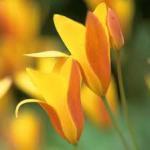 Tulips—Tulipa spp.—Zone 2-8
Tulips—Tulipa spp.—Zone 2-8
Full sun. Hybrids short lived in South so find species bulbs for returning blooms each year. Elegant and formal.
For more gardening photos, visit http://pinterest.com/lisacoxcarter/carolina-reckoning/.


September 5, 2013
Start Planning Next Year’s Southern Garden
My favorite garden books—and Alison Monaghan’s (fictional heroine/landscape designer of Carolina Reckoning), too.
These recommended reads for a Southern garden are a visual treat when summer fades away and the days become gray and dreary.
Peter Loewer Gardens of North Carolina—for the reader/traveler 
 Susan A. Roth The Weekend Garden Guide—my first and still garden go-to book.
Susan A. Roth The Weekend Garden Guide—my first and still garden go-to book. P. Allen Smith Garden Home
P. Allen Smith Garden Home
 Elizabeth Lawrence A Southern Garden—a classic
Elizabeth Lawrence A Southern Garden—a classic
Enjoy!
For more gardening photos, visit http://pinterest.com/lisacoxcarter/carolina-reckoning/.


September 3, 2013
Other Plant Favorites in the Old-Fashioned Southern Garden
Although gardeners—like mothers—shouldn’t admit to favorites, here are plants that make Alison Monaghan’s, fictional heroine of Carolina Reckoning, all-time favorite list.
Wood Hyacinths
Lenten roses
For more gardening photos, visit http://pinterest.com/lisacoxcarter/carolina-reckoning/.


August 30, 2013
Quilts Featured in Carolina Reckoning—Wedding Ring Quilt
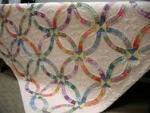
The motif of two interlocking rings can be traced as far back as fourth century Rome. In the 15th and 16th centuries, the interlocking gimmal ring was popular in Europe. One ring was worn by the man and the other by the woman during the engagement. At the wedding ceremony, the two rings were fitted together and worn thereafter by the wife. This design is thought to have been brought to America by German settlers in Pennsylvania in the 17th century and is seen on coverlets, pottery and other decorative arts of the colonial period. Early quilt versions were known as Friendship Knot, Endless Chain and Pickle Dish.
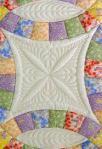 The Double Wedding Ring pattern was first published in 1928. The pattern became extremely popular during the 1930s and 1940s. Prior to the 20th century, quilters appliqued the pieces onto solid fabric. But early 20th century quilters made the switch to piecing the entire quilt top. This quilt is not for the faint of heart nor the novice.
The Double Wedding Ring pattern was first published in 1928. The pattern became extremely popular during the 1930s and 1940s. Prior to the 20th century, quilters appliqued the pieces onto solid fabric. But early 20th century quilters made the switch to piecing the entire quilt top. This quilt is not for the faint of heart nor the novice.
I’d like to make one of these for each of my daughters upon the occasion of their marriage. But as one elderly quilter—maybe the forerunner of Velma Jones from Carolina Reckoning—told me once, I should have started the quilts before my own marriage if I wanted to finish them in time for my daughters’ weddings.
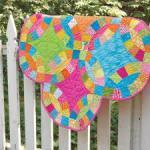 Anyone created a Wedding Ring quilt? Own one? Any tips for the rest of us?
Anyone created a Wedding Ring quilt? Own one? Any tips for the rest of us?
Share your photo jpg and I’ll post pictures for blog readers to enjoy.
For more behind-the-scene photos, including quilts, visit http://pinterest.com/lisacoxcarter/carolina-reckoning/.


August 28, 2013
The Quilts Featured in Carolina Reckoning—Grandmother’s Flower Garden
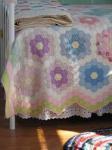 No surprise that this much-loved vintage quilt would be Alison’s personal favorite. This pattern has its origins in 18th and 19th century honeycomb or mosaic patterns. But the 20th century version became popular in the 1920s and especially during the years of the Great Depression. Quilters in hard economic times, like today, were able to utilize the pastel prints of their scrap basket to fashion this labor intensive but lovely old-fashioned design.
No surprise that this much-loved vintage quilt would be Alison’s personal favorite. This pattern has its origins in 18th and 19th century honeycomb or mosaic patterns. But the 20th century version became popular in the 1920s and especially during the years of the Great Depression. Quilters in hard economic times, like today, were able to utilize the pastel prints of their scrap basket to fashion this labor intensive but lovely old-fashioned design.
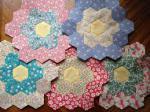 The colorful handsewn hexagons are a cheerful reminder of happier times and sunny flower gardens. Many quilt historians speculate the traditional white hexagons that buffer the bright “blooms” represent white picket fences. Green was readily available and often served as the binding and symbolized the garden path. The six-sided hexagons contain a center—sometimes yellow—representing the flower’s center.
The colorful handsewn hexagons are a cheerful reminder of happier times and sunny flower gardens. Many quilt historians speculate the traditional white hexagons that buffer the bright “blooms” represent white picket fences. Green was readily available and often served as the binding and symbolized the garden path. The six-sided hexagons contain a center—sometimes yellow—representing the flower’s center.
Trivia quiz—What event at Weathersby involved a Grandmother’s Flower Garden quilt? What happened?
Anyone have Grandmother’s Flower Garden photo they’d like to share?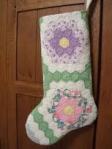
Your own creation, an antique/yard sale find or heirloom?
Please send me a jpg of your quilt and I’ll post them on the blog for everyone to enjoy.
For more info on Carolina Reckoning or to see behind-the-scene photos including quilts, visit http://pinterest.com/lisacoxcarter/carolina-reckoning/.


August 26, 2013
The Quilts Featured in Carolina Reckoning—Feedsack Quilts
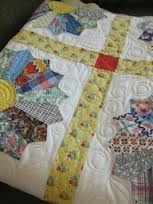 After the Civil War, cotton sacks replaced barrels as food containers. Women discovered these fabric bags could be used for quilts and clothing needs. The product logos were printed on the fabric. These circular advertisers harkened back to the day when marketing had to fit on a circular barrelhead.
After the Civil War, cotton sacks replaced barrels as food containers. Women discovered these fabric bags could be used for quilts and clothing needs. The product logos were printed on the fabric. These circular advertisers harkened back to the day when marketing had to fit on a circular barrelhead.
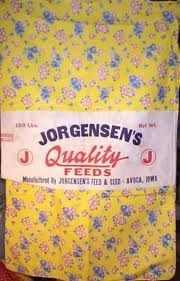 For women to use the feedsack fabric, they first had to remove these labels. Various methods included soaking the print in kerosene or rubbing it with unsalted lard. Afterward, the fabric was washed in lye soap. By 1925, savvy businesses began to see the marketing potential of the feedsack fabrics and pasted company logos on to the fabrics resulting in easier removal.
For women to use the feedsack fabric, they first had to remove these labels. Various methods included soaking the print in kerosene or rubbing it with unsalted lard. Afterward, the fabric was washed in lye soap. By 1925, savvy businesses began to see the marketing potential of the feedsack fabrics and pasted company logos on to the fabrics resulting in easier removal.
The 1930s saw heated competition between companies for the most attractive and sought after prints. Artists were hired to design the prints. This marketing ploy kicked in as women scoured store shelves, selecting sugar, rice, beans, cornmeal, animal feed and fertilizer based on the fabric stash they wished to acquire.
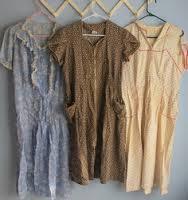 Women, being women, traded feedsacks with neighbors in order to match fabrics for projects. The feedsack tradition continued through World War II as a means of showing patriotism and to conserve resources needed for the war effort. Newer synthetic fabrics created after the war resulted in the cessation of this marketing tool.
Women, being women, traded feedsacks with neighbors in order to match fabrics for projects. The feedsack tradition continued through World War II as a means of showing patriotism and to conserve resources needed for the war effort. Newer synthetic fabrics created after the war resulted in the cessation of this marketing tool.
How can you tell if it’s really feedsack fabric?
A line of holes is the best indicator, from the chainstitching that held the original sack together.
Anyone remember a dress or apron made from feedsack fabric?
Anyone want to share a photo of a feedsack quilt?
Send me a jpg of your feedsack creation—clothing or quilt—and I’ll post to blog readers.
For more info on Carolina Reckoning or to see behind-the-scene photos including quilts, visit http://pinterest.com/lisacoxcarter/carolina-reckoning/.


August 23, 2013
Perennial Plant Recommendations for the Southern Garden
Landscape designer, Alison Monaghan—fictional heroine of Carolina Reckoning—lists her favorite perennials for the old-fashioned Southern garden.
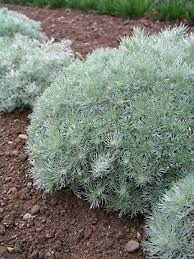 Silver Mound Artemisia—Aremisia schmidtiana—Zone 3-6
Silver Mound Artemisia—Aremisia schmidtiana—Zone 3-6
Full sun, poor soil. Lacy mound contrast with rest of perennials, especially white/blue combinations.
Astilbe—Astilbe arendsii—Zone 4-9
Summer blooming, ethereal plumes. Light shade. Colors galore.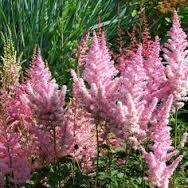
Blue false indigo—Baptisia australis—Zone 3-9
Full sun to part shade, early summer. Old fashioned appropriate for informal or formal garden.
Bleeding heart—Dicentra spectabilis—Zone 2-9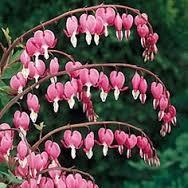
Mid spring, heart-shaped pink and white flowers dangle from arching stems. Part shade. Blue green foliage. Love, love, love it.
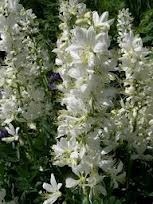 Gas plant—Dictamnus albus—Zone 3-8
Gas plant—Dictamnus albus—Zone 3-8
Little known old-fashioned specimen, extremely long lived. Full sun. Never disturb once plant in location. Lemon scented foliage.
Obedient Plant—Physotegia virginiana—Zone 2-9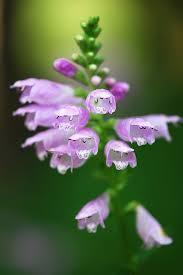
Late summer blooming. So named because bent stems remain “obedient” to that direction. Alison says Claire might could learn something from this plant. I’m not repeating what Claire said in response to that. Great in informal setting.
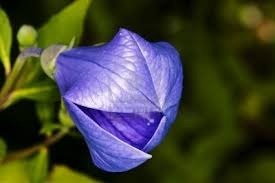 Balloon Flower—Platycodon grandiflorus—Zone 3-8
Balloon Flower—Platycodon grandiflorus—Zone 3-8
Summer blooms, light shade in South, interesting “balloon shaped” buds. Children find it interesting as do most other gardener types like Alison.
Black-eyed Susan—Goldsturm rudbeckia—Zone 3-9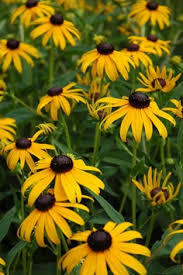
Full sun. Easy care. Southern nickname, a black-eyed or brown-eyed Susan for someone like Alison. Brown eyes with blond hair.
What’s your favorite perennial?
For more plant recommendations and photos, see http://pinterest.com/lisacoxcarter/carolina-reckoning/.


August 21, 2013
August 21—Hawaii Joins the Union
 Carolina Reckoning has a Hawaiian connection in the storyline. And today, we’re celebrating all things Hawaiian.
Carolina Reckoning has a Hawaiian connection in the storyline. And today, we’re celebrating all things Hawaiian.
Because o n August 21, 1959 Hawaii joined the Union and became the 50th state.
n August 21, 1959 Hawaii joined the Union and became the 50th state.
And aren’t we so very glad?
Here’s to hula, surfing, volcanoes, and ukeleles. Kona coffee, plumeria, Hawaii Five-0, and green sea turtles.
 Happy Birthday, Hawaii—Hau`oli la Hanau—to you.
Happy Birthday, Hawaii—Hau`oli la Hanau—to you.
What do you love about Hawaii?


August 19, 2013
Kona Coffee—Alison’s beverage of choice in Carolina Reckoning
 In Carolina Reckoning, fictional heroine Alison Monaghan drinks: Pepsi-Cola, sweet tea or Kona coffee.
In Carolina Reckoning, fictional heroine Alison Monaghan drinks: Pepsi-Cola, sweet tea or Kona coffee.
In fact, her friends and loved ones accuse her of having a Kona coffee addiction. What makes Kona coffee so special? Here’s the facts—
Kona coffee (Coffea Arabica) originated in the Kona districts of the Big Island. Only coffee cultivated in the Kona district can bear the appellation of “kona”. As one of the most expensive coffees in the world, the coffee plants require sunny mornings, cloud-cover or rainy afternoons, protection from wind and temperate nights. The mineral-rich soil of the volcanic Hawaiian island also creates the flavorable, aromatic taste.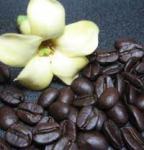 The first coffee plant was brought to the Kona region in 1828 by the Reverend Samuel Ruggles. An English merchant, Henry Nicholas Greenwell, further pioneered and established the Kona coffee brand on the Big Island. His Greenwell Store and the Kona Coffee Living History Farm are museums today.
The first coffee plant was brought to the Kona region in 1828 by the Reverend Samuel Ruggles. An English merchant, Henry Nicholas Greenwell, further pioneered and established the Kona coffee brand on the Big Island. His Greenwell Store and the Kona Coffee Living History Farm are museums today.
In the beginning, Kona coffee was grow on large plantations, but after the coffee market crash of 1899 (yeah, who knew?), plantation owners leased the land to their imported Japanese work force. The immigrants, brought to Hawaii for the sugarcane industry, worked the small, family coffee farms. The tradition of family Kona coffee farms continue today among their Japanese, Filipino and mainland American descendants. Over 800 Kona coffee farms are still in operation, farms of less than five acres.
Who remembers why Kona coffee was Alison’s favorite? What was the significance of this choice?
What is your favorite brand of coffee?
For more photos of Carolina Reckoning, visit http://pinterest.com/lisacoxcarter/carolina-reckoning/.


August 16, 2013
Weathersby House and Grounds—Carolina Reckoning
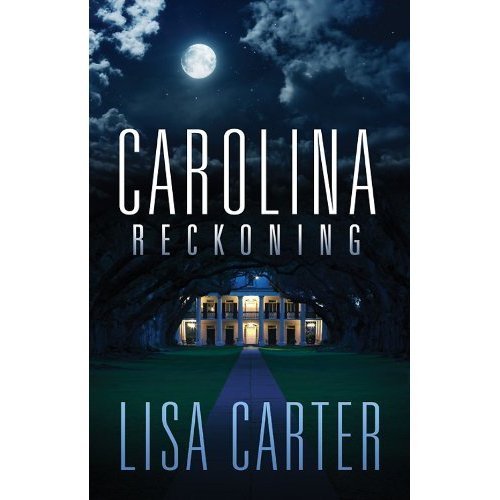 This is how Weathersby Historic Park looks—at least in my imagination. Click here.
This is how Weathersby Historic Park looks—at least in my imagination. Click here.
Weathersby House and Grounds
Is this how you imagined it?
For more behind-the-scene photos of Carolina Reckoning, visit http://pinterest.com/lisacoxcarter/carolina-reckoning/.



